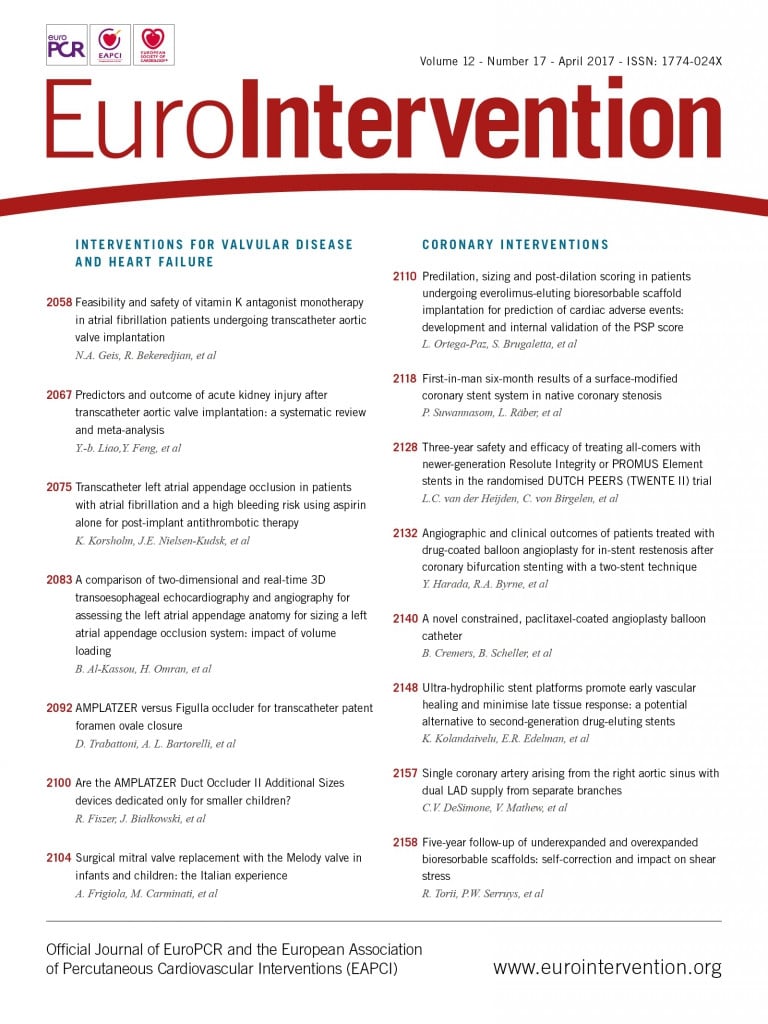
Less than acentury ago, no doctor would dare to touch ahuman heart. Only five decades ago, the basic therapy for aheart attack was to lie down and bear it.
Journey into the Heart, David Monagan1
If I have seen further it is by standing on the shoulders of giants
Isaac Newton, in a letter to Robert Hooke, 1675
In their 2012 paper, published in the New England Journal of Medicine, Elizabeth Nabel and Eugene Braunwald document the remarkable progress made in cardiovascular medicine in the late 20th and early 21st century2. Highlighting the dramatic decline in cardiovascular mortality over the last 60 years – from rates of more than 400 deaths per 100,000 population to approximately one quarter of that – the authors cite contributions in the field of acute cardiac care, novel pharmaceutical agents and medical device technology. Accompanying the rapid decline in mortality, however, the contributions made by pioneers in catheter diagnostics, myocardial revascularsation and percutaneous cardiac intervention stand out3. Now, in 2017, commemorating the 40th anniversary of the first coronary angioplasty of Andreas Grüntzig4, we are provided with an opportunity to reflect specifically on the progress made in catheter diagnostics and interventions.
Recently, Ron Waksman hosted a symposium in Washington D.C. to celebrate the 20th edition of the CRT meeting. A series of keynote speakers and a distinguished panel of leaders in cardiovascular medicine took the audience through the key developments of the last decades with scientific presentations, case histories and personal recollections. James Forrester began by focusing on the early pioneers of cardiac intervention. Less than a century ago few would dare to operate on a human heart. It was assumed that manipulation of the heart would result in sudden death. His story – which he has summarised in the book, The Heart Healers5 – begins with the work of the surgeon Dwight Harken who, on D-Day 1944, saved the life of a young soldier in a battlefield hospital in London, removing a lump of shrapnel from the patient’s right ventricle and suturing the ventricle closed with pledgeted sutures, tied during diastole, without complication (aside from initially suturing his fingered glove to the ventricle).
Harken reported the results of his initial patients in the American Heart Journal6. Then, in the immediate post-war period, he embarked on a professional duel with another battlefield surgeon, Charles Bailey, to translate his findings into the treatment of patients with acquired valvular heart disease. Ultimately, it was Bailey who reached the goal first, performing the first successful mitral valvotomy (after four operative fatalities in quick succession) in late 1945. The patient, Constance Warner, a 24-year-old mother with severe symptomatic mitral stenosis, had an uneventful postoperative course. She recovered quickly and subsequently became a mother again and a grandmother. She died at the age of 62 from a respiratory infection7. There are two recurring themes in the tales that Forrester narrates in his book. First, the conflict faced by the pioneers of cardiac intervention in confronting the doctors’ oath of primum non nocere when attempting unproven procedures, their conviction in their beliefs and abilities, and their persistence in the face of failure and setback. Second, the courage of the patients stands out, patients such as Warner and Grüntzig’s first patient Adolf Bachmann, who entrusted their fate to pioneering physicians and surgeons with no guarantee that they would leave the operating room or catheterisation laboratory alive. Indeed, Forrester recounts a poignant letter received by Harken the afternoon of the death of one of his initial aortic valvotomy patients. It read: “Dear Dr. Harken: Thanks for the chance. A small proportion of my estate has been left to see that this doesn’t happen again.”
The most important foundation stones for Grüntzig’s successful angioplasty in 1977 were also revisited. His breakthrough certainly would not have been possible without the progress of three physicians. Firstly, Werner Forssmann, a German medical resident, who performed the first cardiac catheterisation on himself at a small clinic in Eberswalde, Germany in 19298. Although this act ultimately precipitated his professional downfall, he shared the 1956 Nobel Prize for Medicine with fellow catheterisation innovators Dickenson Richards and Andre Cournand. Secondly, Mason Sones, a radiologist at the Cleveland Clinic in Ohio, who performed the first selective coronary cineangiography (albeit inadvertently) on 30 October 19589. Thirdly, Charles Dotter, a vascular radiologist in Portland, Oregon, who developed a percutaneous technique for dilating peripheral arteries using sequential dilatation with rigid catheters10.
Spencer B. King in his presentation highlighted how this progress ultimately led to the kitchen table innovation of Grüntzig, who developed a functioning balloon angioplasty catheter, successfully tested his intervention in non-clinical models presented at the AHA meeting in 1976, and then, with Richard Myler, performed the first successful coronary dilatations in patients undergoing bypass surgery in San Francisco in May 19771,11. However, it is for the first non-operative dilatation of a coronary stenosis in the left anterior descending artery of the 37-year-old Bachmann on 16 September 1977 at the University Hospital in Zürich, Switzerland, that Grüntzig is ultimately remembered and whose anniversary we commemorate this year4. In next month’s issue – to coincide with 40 years of PCI at EuroPCR – EuroIntervention will publish a series of articles by key leaders in the development of PCI, including those who worked and learnt directly from Grüntzig. Moreover, although Grüntzig passed away prematurely in 1985, Bachmann remains alive and well and EuroIntervention will publish an interview with him in next month’s issue entitled “Early coronary disease and becoming an octogenarian”. In addition, at next month’s EuroPCR meeting, participants will be able to visit a dedicated museum celebrating “40 years of angioplasty”. Attendees can navigate through twelve interactive modules including a history timeline and a gallery of early devices among other items. These fascinating insights into the journey of angioplasty are not to be missed by anyone in attendance in Paris.
Reflecting in more detail on the progress made since Grüntzig’s first angioplasty is a project for future articles in EuroIntervention. The excellent outcomes we now offer to the patients we treat in daily practice are due to the availability of superior imaging modalities, better adjuvant antithrombotic therapies, and high performance coronary stents12. Moreover, recent years have seen rapid development in the catheter-based treatment of structural heart disease, including novel transcatheter repair or replacement of all four major heart valves13. With this in mind, EuroIntervention will publish two dedicated issues in August/September 2017 to coincide with the 40th anniversary of the first coronary angioplasty. The first, to coincide with the ESC congress, will provide state of the art reviews across the field of percutaneous coronary intervention. The second, to coincide with PCR London Valves, will highlight progress in the field of structural interventions. We hope that you will find these papers a valuable resource and a fitting way to commemorate 40 years of percutaneous cardiac intervention.

